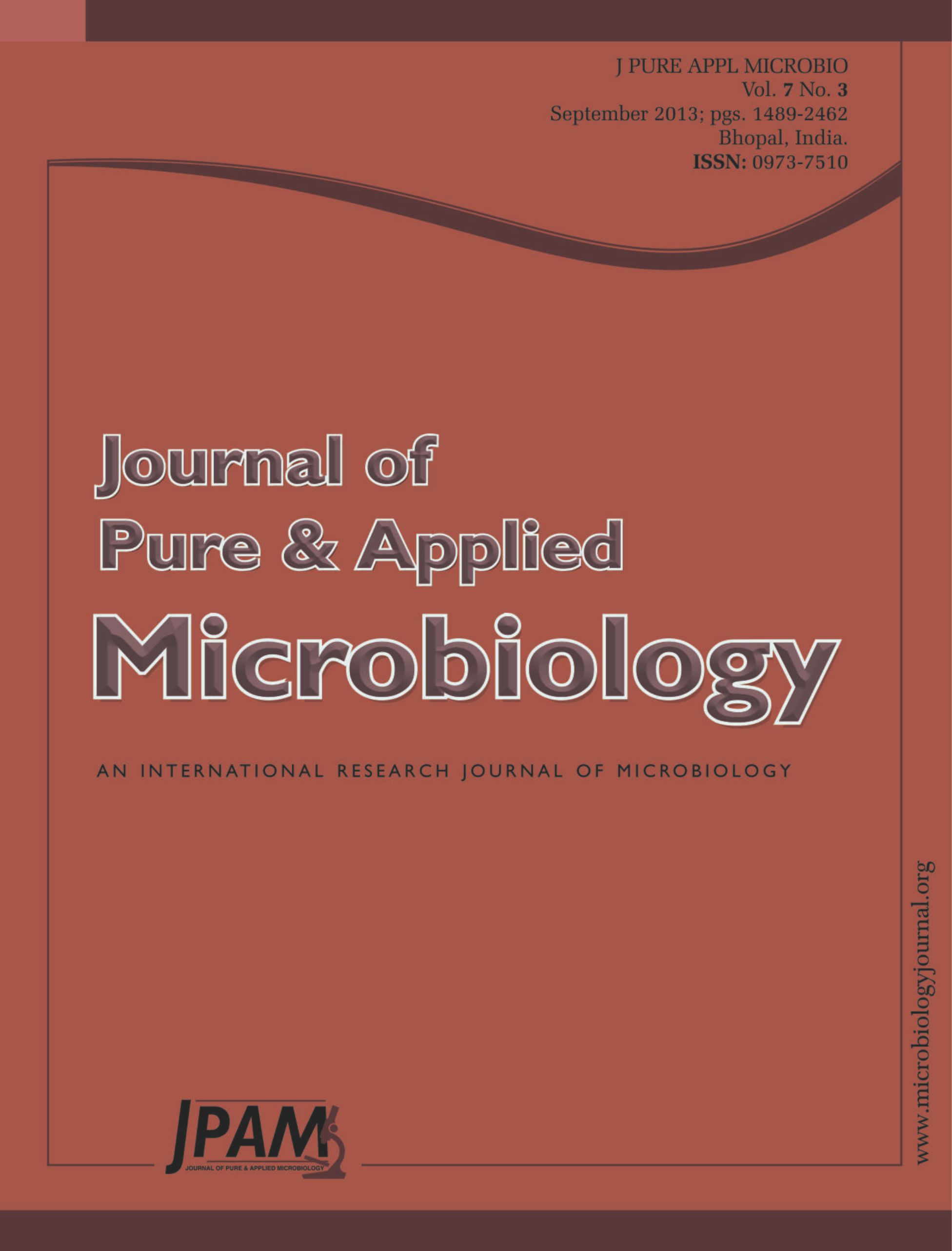In this study, we evaluated the oral microbial diversity in caries and caries-free twin children of primary dentition by Polymerase chain reaction-based denaturing gradient gel electrophoresis (PCR-DGGE). Saliva samples were collected from 10 pairs of twin children aged 3-6, including 3 monozygotic (MZ) twin pairs and 7 dizygotic(DZ) twin pairs. Total microbial genomic DNA was isolated from these samples, and a portion of the 16S rRNA gene locus was PCR amplified by using universal primers. We observed the mean species richness of the bacterial population was greater in the caries-free (CF) ones ( n=13)( 14.00 ± 2.74 )than in the early childhood caries (ECC) children (n=7) ( 11.00 ± 1.56 ); the difference was statistical significant (P<0.05). The overall diversity of saliva samples as measured by the Shannon index was 1.44 ± 0.37 for the CF children and 1.05 ± 0.36 for the ECC children. More interesting, by means of a cluster analysis, the UPGMA cluster analysis, we find out that there is a high similarity of the oral bacterial community within co-twins, which is much more higher than in the unrelated ones, but no significant difference was seen between MZ and DZ twins. The result suggests that the microbial diversity and complexity of microbiota in the saliva of the ECC children are less than in the CF children. Also, there is a high similarity in the composition of oral microbiota in twin children of primary dentition, and there is no significant difference between the MZ and DZ twins. This may suggest that the genetic make-up of the host may have less impact than the environment factors on the composition of oral microbiota.
PCR-DGGE, Twin, Primary dentition, Oral microbiota
© The Author(s) 2014. Open Access. This article is distributed under the terms of the Creative Commons Attribution 4.0 International License which permits unrestricted use, sharing, distribution, and reproduction in any medium, provided you give appropriate credit to the original author(s) and the source, provide a link to the Creative Commons license, and indicate if changes were made.


